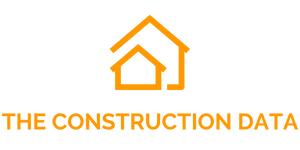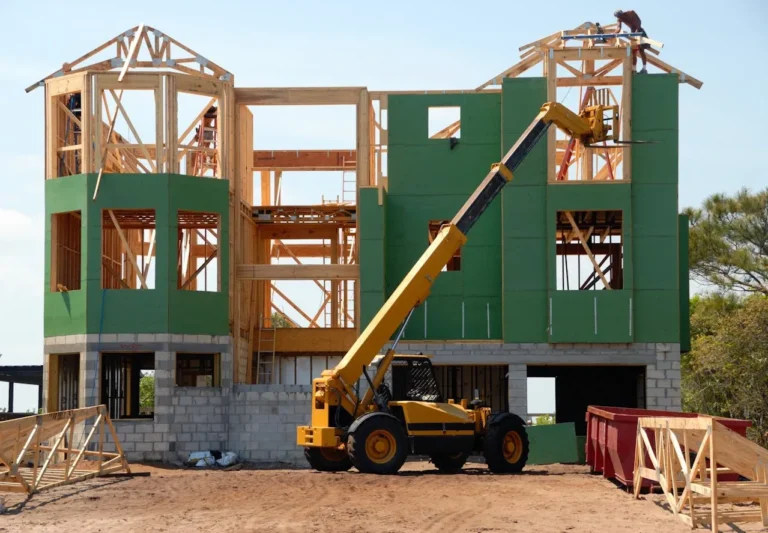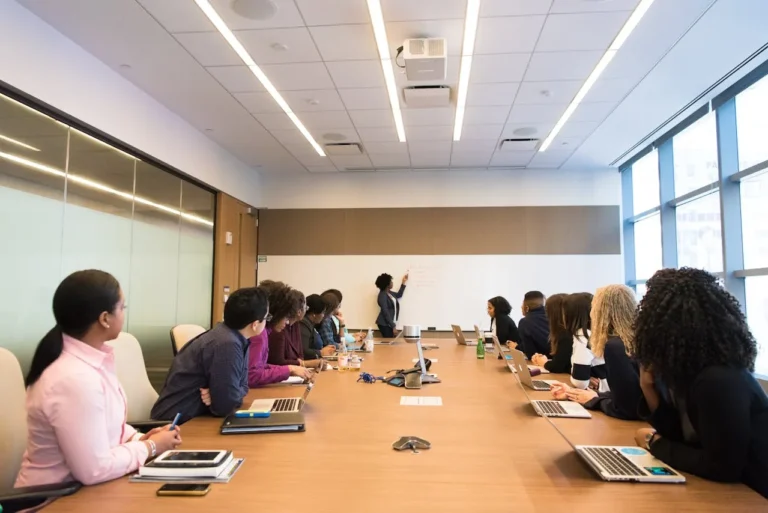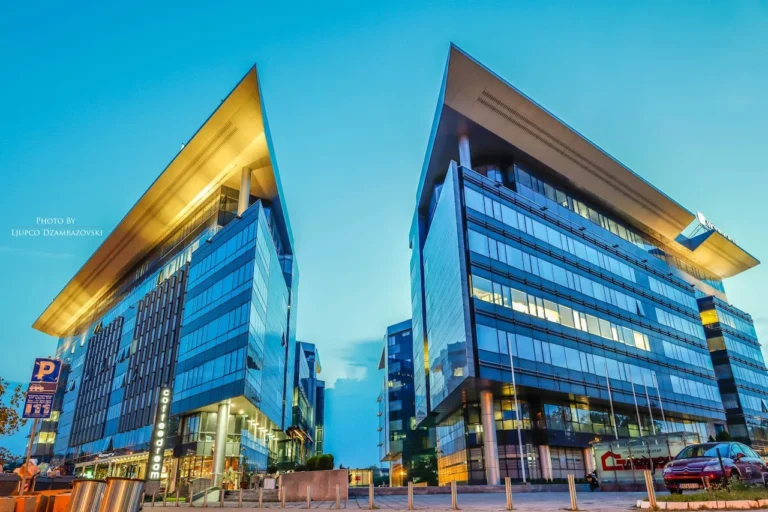
We are demolishing and rebuilding the Oude Haagsebrug bridge, the main bus connection between Schiphol and Amsterdam, in a record time of just seven months. It’s quite a challenge; everything needs to be safe, fast and cause minimal disruption. So how are we managing it? That’s right, by working together! Across business units and departments within BAM Infra Nederland. CEO Ruud Joosten and Executive Director Infra Carla Rodenburg visited the project and spoke with the project team.
Unusual project
The Oude Haagsebrug has played a role in the accessibility of the Amsterdam region for 90 years now. Since 2002, it has formed the crucial bus connection between Schiphol and Amsterdam. Because the bridge is in poor condition, we are replacing it. ‘The unusual thing is that this is the first project within our long-term maintenance contract with Schiphol Airport which largely consists of civil engineering activities,’ says Alfred Siemes, director at BAM Infra Civiel. ‘And the way things currently stand, more of these kinds of projects will follow. For example, we will soon be starting work on an energy purchasing station for Alliander and Schiphol. This also consists of relevant civil engineering works. In addition, for the Replacing Oude Haagsebrug project we are working with many different disciplines from within BAM Infra Nederland.’
Joining forces
Alfred continues: ‘In the long-term maintenance contract with Schiphol, lot 3, Infra Asset Management and Infra Wegen bear responsibility. Alongside the expertise of these two business units, we are also calling upon the expertise of Infra Civiel, Funderingstechnieken and Infraconsult for the Replacing Oude Haagsebrug project. In addition, we are collaborating with BAM Infra Verkeerstechniek. Not only are we building an actual bridge, in fact, we are also building a bridge between different disciplines and teams within BAM. We are making optimal use of each other’s expertise, and this is bearing fruit. Combining our strengths with those of the client leads to a sophisticated design and well-thought-out implementation method with a robust schedule.’
Fast pace
Since thousands of passengers use this bus connection every day, the bridge cannot remain closed for too long. Proper preparation and smart working methods are essential if the bridge is to be demolished and rebuilt as quickly as possible. Alfred: ‘In 2023, we already constructed two support points for the new bridge beneath the old bridge. This is saving time during the disruption period. We are also using our 4D planning which gives us, our client and stakeholders good insights into the construction phases. What’s more, we are working with prefabricated parts: in addition to the prefab box girders, prefab columns were chosen for this project. As a result, we are always looking for sustainable, digital and repeatable solutions to enable us to meet the deadline.’
Local area
‘In addition to an efficient construction process, there was a lot of emphasis on ensuring a good relationship with the surrounding area,’ Alfred continues. ‘From the outset, we actively consulted with local residents about the inconvenience caused by the design and construction process. We constantly kept the neighbourhood informed by means of a website, newsletters and direct contact. During the demolition phase, for example, we were in daily contact with concerned residents, with the entire team – including subcontractors – getting involved in order to remove concerns and minimise inconvenience.’
Satisfied clients
Schiphol, the municipality of Haarlemmermeer, the municipality of Amsterdam, the Amsterdam Transport Authority and the province of North Holland are working together for this project. Although this multifaceted cooperation might seem complex, it works very well in practice. We work side by side with them, not in the traditional client-contractor structure. ‘The 3-phase approach formed a very good basis for the intensive preparation of this project together with the clients,’ explains Alfred. ‘This is now also reflected in the streamlined implementation outside. Because we sat around the table together at an early stage, we were able to work with the client to find a solution that suited their needs. Like speed, to which they attach great importance. This structure allowed us to accelerate the preparation and the design phase, and also to minimise risks and draw up a reliable schedule.’





